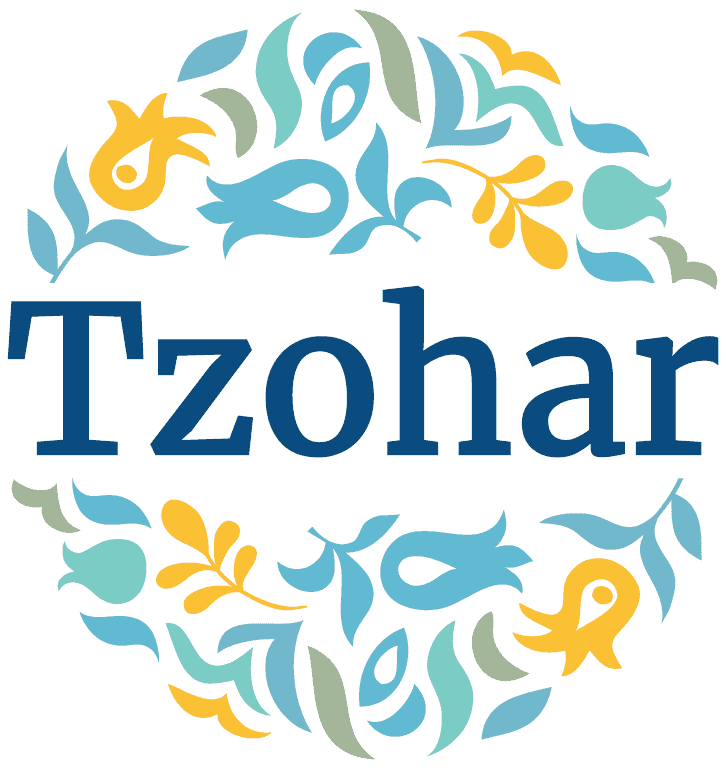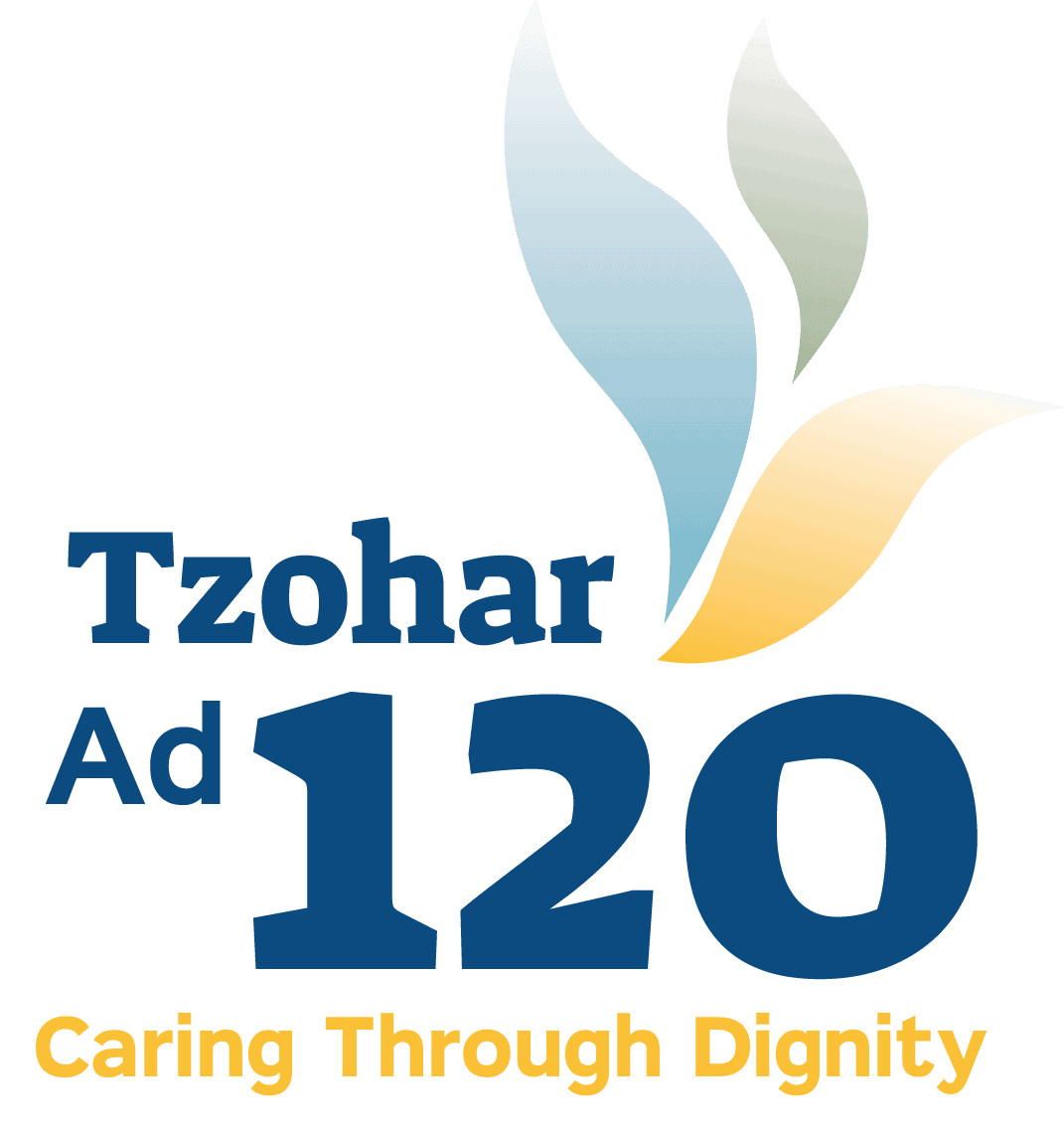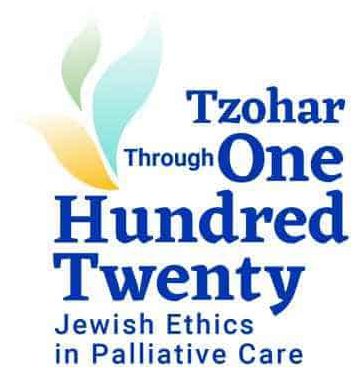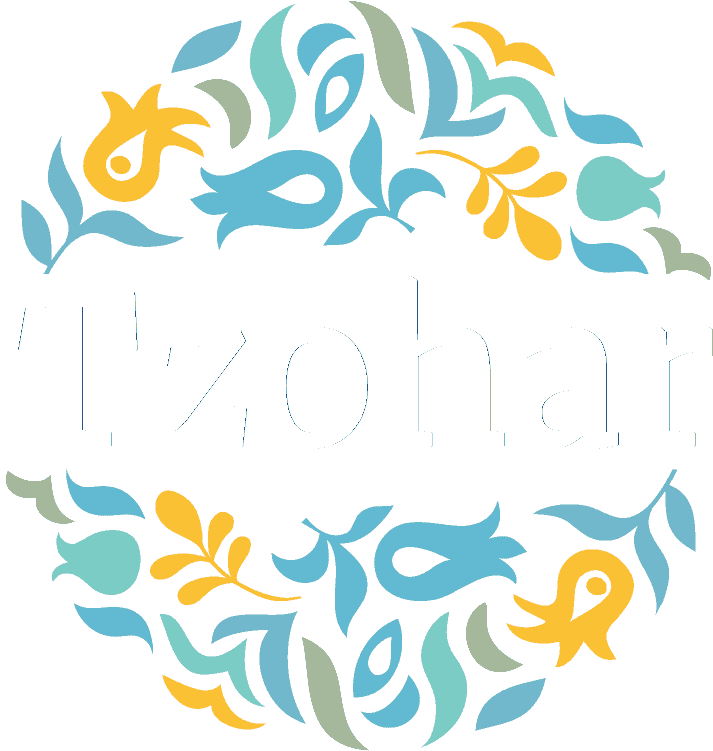1. Introduction
Trying to evaluate the systemic impact and the future consequences of a dilemma being faced in the present is a burdensome issue – in the field of ethics in general and especially in medical ethics. In many situations the question arises: how much should an ethical discussion consider the patient in front of us exclusively and how much should one consider factors relating to future patients and the public health system altogether? This issue is faced in many avenues of medical ethics (such as: budget allocation towards research vs. salaries for additional physicians, referral to specialists in all situations vs. conservation of budget) and will be the subject of this paper1.
2. The Jewish Position
2.1 Introduction
There is no clear answer in Chazal literature surrounding the issue of incorporating future and systemic factors into decision making, however there are a number of cases in the halachot of pikuach nefesh where the Sages permitted violating a biblical prohibition due to a future risk2. Despite this, it is difficult to extrapolate a clear answer from this, for it is unclear how much one can expand and implement this principle in other cases.
2.2 Three Approaches of the Halachic Authorities
This question is discussed amongst the halachic authorities, and one can identify three approaches to the issue3:
2.2.1 First Approach – ‘The Patient in Front of Us’
The first approach is attributed to the Noda Beyehuda and the Chatam Sofer, both foremost halachic authorities of the 18th century, who discuss the issue of autopsies. These dissections are performed in order to learn about the progression of illnesses and to save lives in the future but are fundamentally tied to a number of halachic prohibitions. In their responsa the Noda Beyehuda and the Chatam Sofer say that even though all prohibitions are pushed aside for saving a life (including the prohibition of mutilating a body), this only applies to saving the life of a patient in front of us. However, one should not violate prohibitions for the possibility that the information learned in the autopsy will lead to future life-saving4.
2.2.2 Second Approach – ‘The Matter is Common’
The second approach is spearheaded by the Chazon Ish5, who explains that consideration of future issues is dependent on both the probability that the information will be necessary and the question of how common the matter is. It is not dependent on whether we know of a patient currently afflicted by this illness. Additional poskim have also followed this rationale6. Practically, in a number of responsa, the Chazon Ish was prepared to define ‘danger’ in a broad fashion and would permit violating different prohibitions due to only the threat of danger. However, he did state that this heter is of a lower level than normal pikuach nefesh, and therefore an individual is permitted to be stringent upon themselves in this context. The Chazon Ish added that if this heter is used in such a way that it causes a desecration of mitzvot, one should prohibit this action even in cases of risk due to ‘Chilul Hashem’7.
2.2.3 Third Approach – The State’s Responsibility
The third and most expansive approach believes that the state, which has a responsibility to assess the future and be properly prepared for all circumstances, must broadly consider all potential risks. Rabbi Shlomo Goren, who developed this approach8, determined that the state has a long-term responsibility toward its citizens which is considered pikuach nefesh, and the state cannot subsist solely on dealing with the current reality. According to this reasoning, Rav Goren permitted autopsies not only for clarification regarding specific diseases but also for training doctors effectively9, and for forensic analysis in order to ensure the safety of the country’s citizens10.Different authorities have expressed similar thoughts in other discussions11, even if they disagree with Rav Goren regarding autopsies12.
2.3 Rationale of the Different Approaches
Practically the two first approaches are similar to each other: only relying on short-term considerations, dealing primarily with a patient before us (or likelihood of one arriving shortly), and discouraging looking to the future. What factors are they considering? Firstly, it is difficult to predict what will happen in the future13, and perhaps a more successful treatment method or cure will be discovered that was not initially considered. Additionally, claims regarding future risks can be used for ulterior motives, and this phenomenon evokes worry about a slippery slope – which would lead to the violation of all ethical principles in the present14. Finally, when considering the patient before us vs. future risks, one should take into account that the individual is currently in the process of treatment, and therefore one should withhold from harming them. To contrast, the approach of Rav Goren and his supporters assumes that the reality of the Jewish State, who must care for its citizens in the long term, needs to overcome these worries and therefore should weigh future ethical considerations.
2.4 Implementation in the Modern Health System
The modern health system treats an overwhelming amount of people and utilizes advanced integrated data systems, therefore useful information can be transferred rapidly to its necessary location. This fact allows us to expand the definition of danger – even according to the first two approaches. According to the first approach, if there is a patient in one hospital suffering from a condition that can be understood via autopsy in a different hospital, this may be considered ‘a patient before us’. According to the Chazon Ish, even if there is no patient that can be saved by the data derived from an autopsy in the hospital, perhaps the information will be sent to a hospital that does have a patient like this arriving. This fact clearly supports the approach of Rav Goren, and can be added to his other institutional considerations, however his method is more expansive and requires taking more long-term factors into account in order to prepare for future risks. These include risks that are not clear or readily presentable, as part of the responsibility of the state as a whole.
3. Conclusions
It seems that the existence of the State of Israel and the public policymaking that is necessary as a result requires following the opinion of Rav Goren and promoting long-term systemic analysis. Factors of public policy are indeed considered legitimate factors. However, one should emphasize that this form of analytics should not lead to the conclusion that one may always sacrifice the individual for the public or the present for the future. This matter is dependent on the immediate risk of the patient, the issue of whether treatment has begun already, and the institutional capability to ‘absorb the blow’ of treating the patient, etc. as well. The management of institutional factors is thus a vital and recognized aspect of halacha.
הערת שוליים
- We deal with a similar issue in a separate paper regarding ‘Incentivizing Doctors to Prescribe a Medication’.
- There are two primary examples of this, both from Hilchot Shabbat: 1) The Sages instructed that life-saving procedures on Shabbat should be performed by a Jew and not a gentile. According to many of the commentators this is due to the concern that when a life-threatening situation occurs again, people will search for a gentile to perform the melacha and the patient will deteriorate in the meantime. See: Yoma 84b; Beit Yosef, Orach Chayim, 328 (Jerusalem Institute Edition, article 12 [2]); Taz, ibid., subarticle 5. 2) the Sages permit active soldiers to return to their homes at the end of battle (with their weapons) even though this is prohibited, due to the risk of future danger (the precise definition of danger is explained in slightly different ways by the various poskim). See: Eruvin 45a; Mishneh Torah, Hilchot Shabbat 2:23; ibid. 27:17; and the commentators on these two sites. Based on this discussion the poskim debate if one can and in what situations may a person involved in life-saving actions (such as doctors and soldiers) return home on shabbat through performance of melacha; Some poskim have even permitted performing biblical melachot (see for example Igrot Moshe Responsa, Orach Chayim, 4:80).
- We have presented the opinions as three approaches and brought sources for each one, however the sources themselves are susceptible to interpretation and some of the authorities hold that one should understand sages associated with one approach as agreeing with another, or that one approach is conditional and becomes irrelevant when the situation changes, as we will see shortly.
- Noda Beyehuda Responsa, Tinyana, Yoreh Deah, 210; Chatam Sofer Responsa, 2, 336.
- Chazon Ish, Yoreh Deah, 208:7.
- See: Rabbi Yechial Yaakov Weinberg, Tchumin 12 (5751), page 382; Rabbi Shlomo Goren, Torat HaRefuah, Jerusalem 5761, pages 214-216. In the Tzitz Eliezer Responsa (4:14), Rav Waldenberg brings a similar reasoning in the name of the Machane Chaim but does not rule on the matter.
- See: Chazon Ish – Responsa and Psak, articles 74-75; Pe’er HaDor 3, Bnei Brak 5730, pages 183-187; Pe’er HaDor 2, Bnei Brak 5729, pages 91-93. Rabbi Moshe Tzvi Neriah (quoted in the Pe’er HaDor 3, page 186, alongside footnote 95) says in the name of the Chazon Ish that the first method of the Noda Beyehuda and Chatam Sofer limits autopsies to situations in which the patient is before us, due to a concern for total upheaval of the moral code and ‘Chilul Hashem’.
- An organized presentation of his opinion is found in ‘The Guidelines of Public Pikuach Nefesh: Rabbi Shlomo Zalman Auerbach, Rabbi Shaul Yisraeli, and Rabbi Shlomo Goren’, Tchumin 29 (5769), pages 396-400. Rav Goren emphasized that even without his innovation one may expand the previous approaches as discussed in the article.
- Torat HaRefuah (earlier endnote 5), page 235.
- Torat HaRefuah (earlier endnote 5), page 219.
- See: Rav Weinberg, earlier endnote 5, page 385; Mishpatei Uziel Responsa, Yoreh Deah, 28. Rabbi Shaul Yisraeli (Amud HaYemini 17:8) ruled similarly regarding police activity on Shabbat that one should evaluate the future consequences of determining certain policies and not just the consequences of the current situation. For analysis of his methodology and discrepancies between his approach and Rav Goren’s see ברט (earlier previous endnote), pages 393-395, 400-402.
- There is room to say that according to their opinion there is no fundamental need for dissection in medical school or that it is possible to perform this in permissible ways, see Peninei Halacha, Likkutim 2, page 280, footnote 1, and see Da’at Cohen Responsa, article 199. Indeed, in Igrot Moshe Responsa (Yoreh Deah, 2:151; 3:155) Rav Moshe Feinstein writes that even if dissections are essential for physician education, since one is not obligated to learn medicine it is not considered pikuach nefesh. However, it seems that the responsum of the Igrot Moshe does not deal with a situation where, without the dissection, doctors would not be trained at all, rather dealing with a situation where there are other doctors present (see especially his indecisiveness in the responsum of Yoreh Deah, 3:155); and perhaps in other circumstances one may consider the matter as a communal responsibility of pikuach nefesh. One should mention regarding this that Rav Feinstein is one of the authorities who permits one who leaves to save a life on shabbat to return home even if this involves performing a biblical melacha, due to the concern that otherwise people would be negligent in future cases (see Igrot Moshe Responsa, Orach Chayim, 4:80).
- The Chazon Ish (earlier endnote 5) formulates his opinion poignantly: “truly we are not experts in predicting the future, and sometimes that which we believed was lifesaving becomes an obstacle, and therefore we do not entertain the far future”.
- This is one of the proof brought by the Noda Beyehuda (earlier endnote 4): “That if you call this concern as potentially lifesaving, then all medical practices [such as] grinding and brewing the ointments and preparing the scalpel for bloodletting would be permitted on shabbat, perhaps today or tonight a patient will need it, and dividing between an imminent concern and a concern for later is difficult to perform.” See also: Tzitz Eliezer Responsa, 4:14, article 7 in the name of the Machane Chaim; and the opinion of the Chazon Ish earlier (in the text, alongside citation 7).
